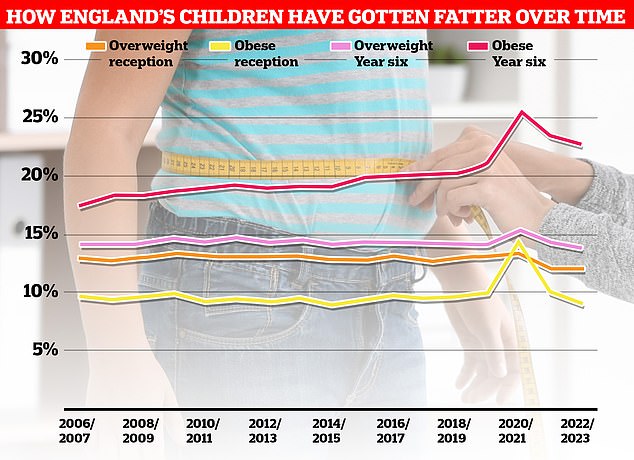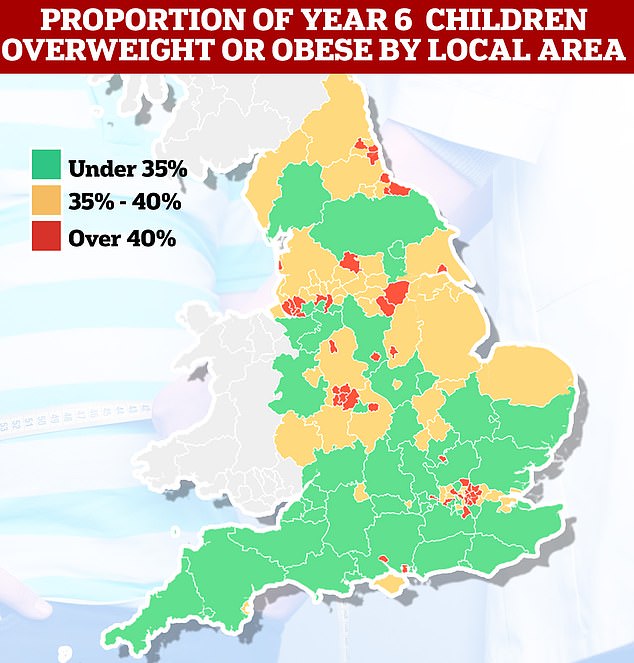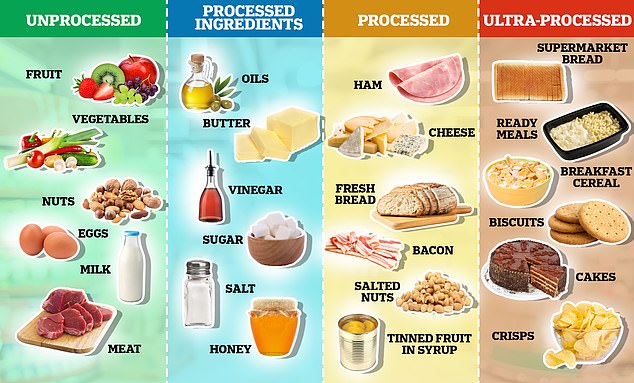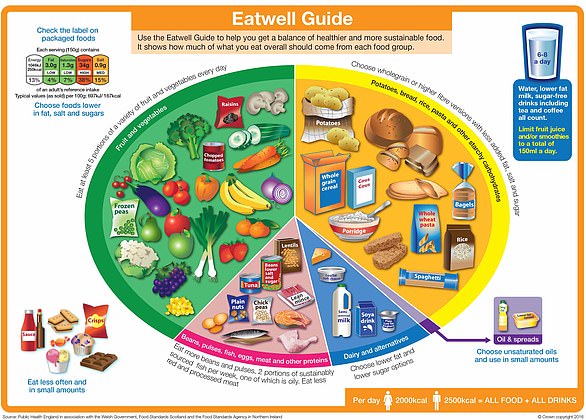British teenagers get two-thirds of their daily calories from ultra-processed foods, research has found.
White children and those from disadvantaged backgrounds are the most likely to consume UPFs, which tend to be mass-produced and often high in salt, saturated fat and sugar.
The study found that 11- to 18-year-olds typically got 66 percent of their calories from these foods, leaving little room for more nutritious foods.
Experts said the trend was particularly worrying because these are formative years when habits can become “ingrained.”
The study, by the Universities of Cambridge and Bristol, looked at the diets of 3,000 children who took part in the UK National Diet and Nutrition Survey between 2008/09 and 2018/19.
An easy sign that a food might be a UPF is if it contains ingredients you wouldn’t find in your kitchen cupboard, such as unrecognizable colors, sweeteners, and preservatives. Another clue is the amount of fat, salt, and sugar hiding inside each package, as UPFs often contain high amounts.
They completed food diaries for four consecutive days, recording what they ate and drank both at home and away from home.
Consumption of processed meats, chips, industrial bread and breakfast cereals has been linked to an increased risk of diseases such as obesity, type 2 diabetes and heart disease.
UPFs also tend to include additives and ingredients that aren’t often used when cooking from scratch, such as preservatives, emulsifiers, and artificial colors and flavors.
Parental occupation, ethnicity and region of the UK were found to influence adolescents’ diet.
The average UPF consumption was found to be 861 g per day, or 66 percent of daily energy intake during the period.
When analyzed over time, they found that consumption had declined slightly from 67.7 percent in 2008 to 63 percent in 2019.
Researchers believe this may be due to the rise of health campaigns urging people to cut down on sugary or fatty foods, and the UK Government’s sugar tax which reduced the amount of sugar in drinks.
The analysis found that those living in the north of England consumed a higher proportion of their calorie intake from UPF compared to the south, at 67.4 and 64.1 per cent respectively.
Consumption was highest at the start of secondary school (65.6 percent) and fell slightly to 63.4 percent at age 18, according to results published in the European Journal of Nutrition.
This is consistent with the fact that one in four children in England is obese by the time they leave primary school.

More than one million children had their height and weight measured under the National Child Measurement Programme (NCMP). Nationally, the rate among sixth-grade children stands at more than a third, despite having declined slightly since the COVID-19 pandemic began.

Among sixth-graders, national obesity fell from 23.4 percent in 2021/22 to 22.7 percent. Meanwhile, the proportion of children considered overweight or obese also fell, from 37.8 percent to 36.6 percent. Both measures are above pre-pandemic levels.
Dr Yanaina Chavez-Ugalde, from the University of Cambridge, said: “Adolescents’ eating patterns and practices are influenced by many factors, including their family environment, the marketing they are exposed to and the influence of their friends and peers.
‘But adolescence is also an important time in our lives when behaviors begin to take root.
‘Our findings clearly demonstrate that ultra-processed foods make up the majority of adolescents’ diets and their consumption is much higher than ideal, given their potential negative health effects.’
People from disadvantaged backgrounds had the highest calorie intake from UPF, at 68.4 percent, compared with 63.8 percent among their wealthier peers.

More than one in five children is living with obesity by the time they finish primary school, the highest rate ever recorded
The researchers, funded by the National Institute for Health and Care Research, say more needs to be done to tackle the problem.
Dr Esther van Sluijs, also from Cambridge, said: ‘Ultra-processed foods offer convenient and often cheaper solutions for time- and income-poor families, but sadly many of these foods also offer poor nutritional value.
‘This could be contributing to the health inequalities we see emerging during childhood and adolescence.’
Dr Carmen Piernas-Sanchez, a nutrition scientist at Oxford University who was not involved in the study, said the results reflect a global trend.
She said: ‘Similar figures have been reported in other countries, such as the US. This study provides the latest estimates of UPF consumption in adolescents and offers some evidence of disparities between age groups, region, ethnicity and socioeconomic status (SES).
‘Future studies of this type should inform the main food sources that contribute most to UPF consumption, which may help inform policies aimed at improving diet quality in the UK population.’


